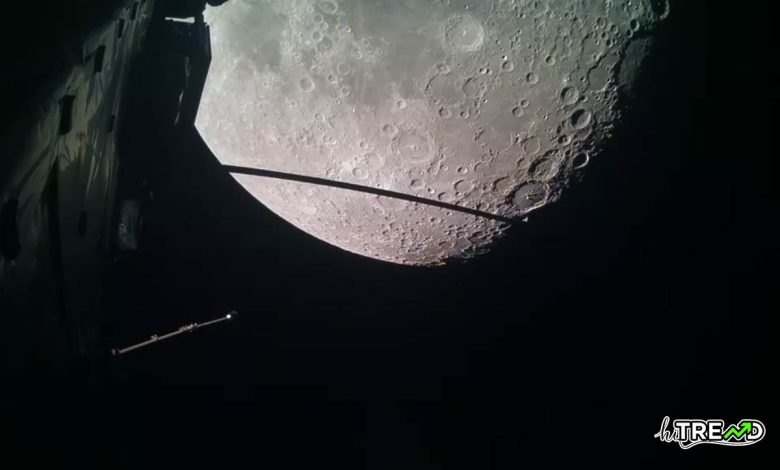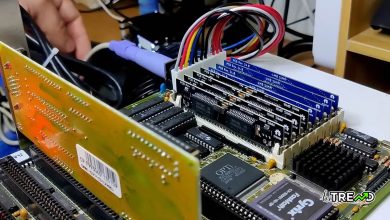First-ever slingshot around Earth and the Moon results in fantastic new photos

The big picture: The European Space Agency’s ongoing mission to study Jupiter and its moons involves a complex series of gravitational maneuvers within the inner solar system, including the first-ever slingshot around both Earth and the Moon. During an early stage of one of these flybys, the mission provided an opportunity to capture detailed photos of the lunar surface.First-ever slingshot around Earth and the Moon results in fantastic new photos
The ESA recently released new photos of the Moon’s surface, captured during humanity’s first attempt at a gravitational slingshot around both Earth and its natural satellite. The spacecraft responsible for the images is scheduled to reach Jupiter in 2031.
You can read more Technology articles
The snapshots reveal various lunar landmarks and color variations, including the Humboldt crater (near the bottom right) and Mare Fecunditatis (at the top center). Earth is faintly visible in one of the photos, appearing as a glowing ring near the top center.
Interestingly, the cameras that captured these images weren’t originally designed for space observation. Although the spacecraft is equipped with a scientific camera, the lunar flyby positioned the equipment-monitoring cameras perfectly to take the new photos. First-ever slingshot around Earth and the Moon results in fantastic new photos
The flyby is part of a groundbreaking gravitational assist that is a crucial step in the ESA’s Juice mission to study Jupiter and its moons. The spacecraft was launched last April aboard an Ariane 5 rocket from the ESA spaceport in French Guiana.
While previous space missions have reached Jupiter
in about a year, Juice will take a more extended journey, not arriving at Jupiter until the next decade. This slower pace is intentional, as the spacecraft is aiming for a stable orbit and carries the largest payload of scientific instruments ever sent to the Jupiter moon system, weighing over 6,000 kg.

Normally, propelling such a massive spacecraft on the roughly 800-million-kilometer journey to Jupiter would require an enormous amount of fuel. Moreover, slowing the spacecraft down to counteract the accumulated inertia and achieve a stable orbit at its destination would demand even more fuel than was needed for the journey.
Instead, Juice will use gravity assists from the Moon, Earth, and Venus to gain and transfer momentum, allowing it to approach Jupiter at the correct speed. The ESA has just completed the first maneuver – a first-ever Moon-Earth slingshot. The next flyby, involving Venus, is scheduled for August next year. Two additional gravity assists from Earth are planned for 2026 and 2029. If Juice reaches Jupiter in 2031, its mission to study 35 of the gas giant’s moons is expected to last until 2035.
Follow HiTrend on X





